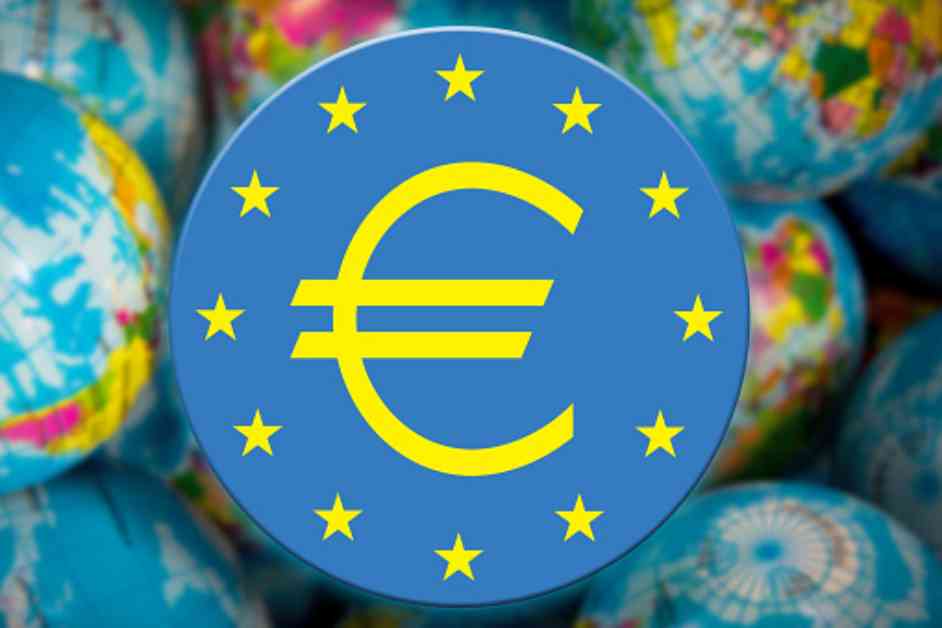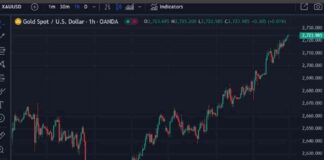December Likely to be the Turning Point for ECB’s Next Rate Cut
The European Central Bank (ECB) is facing a pivotal moment as it contemplates its next move regarding interest rates. ECB Governing Council member Peter Kazimir recently hinted at a potential rate cut in December, suggesting that the central bank may need to wait for more clarity before taking action.
In a blog post, Kazimir emphasized the need for a “significant shift” or a “powerful signal” in the economic outlook to justify another rate cut. He pointed out that there is very little new information expected before the ECB’s October meeting, indicating that December might be the more appropriate time for a decision.
Kazimir’s cautious stance reflects the delicate balance that central banks must strike when considering changes to monetary policy. While there may be pressure to act swiftly, especially in the face of economic uncertainties, it is crucial for the ECB to ensure that any decision is well-supported by data and aligns with its projections.
Importance of Data Alignment and Projection
One of the key considerations for the ECB is the alignment of incoming data with its economic projections. Kazimir stressed the importance of ensuring that any rate cut is based on a solid understanding of the economic landscape and is not a knee-jerk reaction to short-term fluctuations.
By waiting until December, the ECB can assess a more comprehensive set of data and get a clearer picture of the economic outlook. This approach allows the central bank to make a more informed decision that is grounded in evidence and is less likely to be reversed in the future.
Kazimir’s emphasis on the need for caution underscores the complexity of the ECB’s mandate. Balancing the need to support economic growth with the imperative of controlling inflation requires a careful calibration of monetary policy, with an eye towards long-term stability.
Potential Risks of Acting Too Quickly
Acting too quickly on interest rates can carry significant risks, particularly if inflation has not been sustainably brought under control. Kazimir warned that premature rate cuts could lead to unintended consequences, such as fueling inflationary pressures or undermining the effectiveness of monetary policy.
By taking a cautious approach and waiting for more data, the ECB can better assess the potential risks and benefits of a rate cut. This deliberative process is essential for maintaining the credibility of the central bank and ensuring that its decisions have a lasting impact on the economy.
In conclusion, December is shaping up to be a critical juncture for the ECB as it considers its next move on interest rates. By waiting for more clarity and aligning its decision with economic data and projections, the central bank can make a more informed and effective choice that supports long-term economic stability.

















